It has been twenty years since the government first announced its intention to charge students tuition fees.
Back in 1997, the move sparked a day of national protests, with the National Union of Students (NUS) pledging a “full-blooded” campaign to stop the charges.
But over two decades – and four prime ministers – students have been lied to, misled and betrayed by politicians and political parties. And even the NUS eventually abandoned its pledge to fight against tuition fees.
FactCheck uncovers the long history of broken promises and political U-turns.
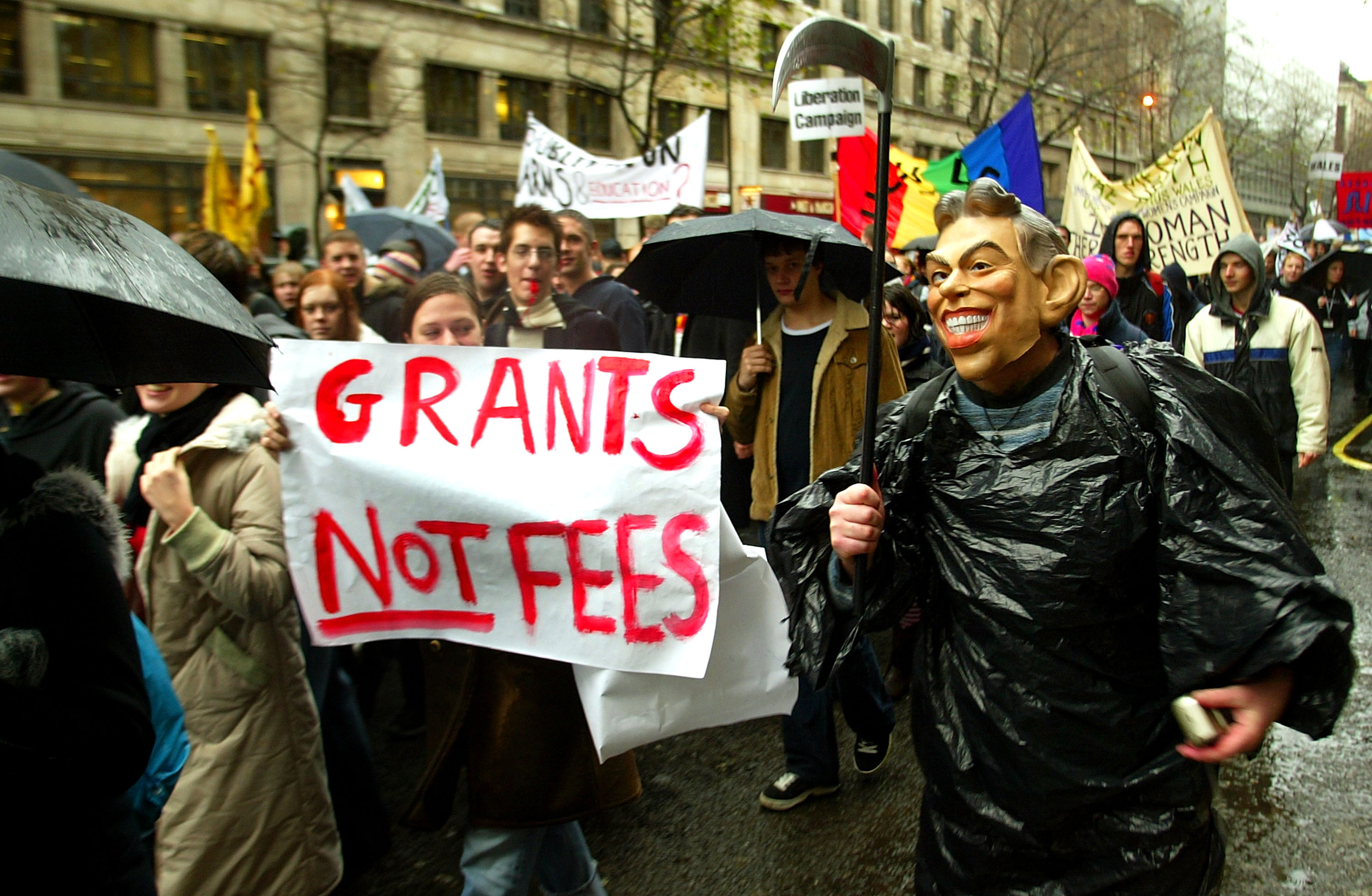
1997: Labour’s U-turn
Ahead of the General Election, Labour insisted that tuition fees would be kept free. Just weeks before polling day, Tony Blair said: “Labour has no plans to introduce tuition fees for higher education.”
Labour’s Robin Cook added: “We are quite clear that tuition costs must be met by the state.”
But just two months after becoming prime minister, Blair went ahead and introduced tuition fees.
The system was means tested. Students had to pay £1,000 if their parents earned more than £34,000. But there were no charges for students whose parents were on £16,000 or less.

The change was condemned by Conservative politicians as a “shabby opportunistic smash and grab raid on the budgets of low-income families”. But the Conservative Party itself would go on to support tuition fees in the future.
The NUS also fiercely opposed tuition fees and pledged to fight “tooth and nail” against them. It warned: “Once the principle of free tuition is gone, there will be nothing to stop governments in the future asking students to pay a greater and greater contribution.” But the NUS would also later ditch this campaign and switch to supporting tuition fees.
2001: Labour Promises
The Education Secretary, David Blunkett, pledged that Labour would not raise tuition costs any further, by introducing so-called “top-up” fees.
“I can now make the government’s position clear,” he said. “There will be no levying of top-up fees in the next parliament if we win the next election.”
Labour kept repeating the same promise as it went into the 2001 General Election. Its manifesto stated unambiguously: “We will not introduce top-up fees and have legislated against them.”
But then…
2003: Broken promises
Despite all its earlier promises, Labour announced plans to increase tuition fees to £3,000 a year. Graduates would have to start repaying them once they were earning £15,000.
Tony Blair later defended the move, by trying to claim his previous pledges only concerned completely unregulated fees. But he said: “Graduates should contribute more to their university education.”
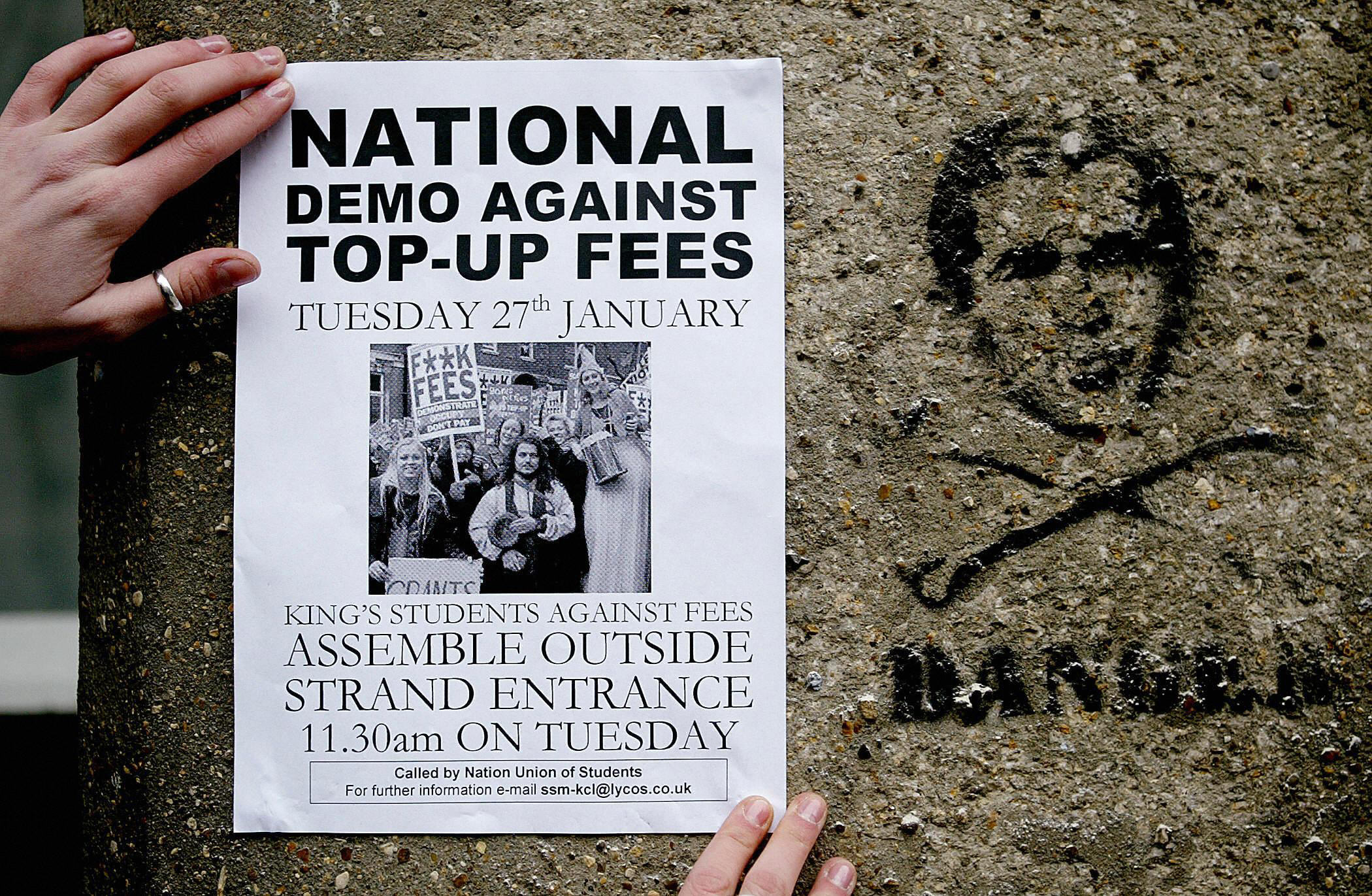
The new, higher fees came into force three years later, in 2006, narrowly scraping a vote in the House of Commons. The legislation passed partly thanks to one of the leading “hardcore opponents” of the policy switching sides at the last minute.
But Blair promised £3,000 would be the limit – his government would not raise them again.
“There can be no increase without explicit parliamentary approval,” he said. “I have pledged that we will not propose any further increase – let alone some of the wild figures bandied about – during the lifetime of the next parliament.”
Meanwhile, the Conservatives maintained their opposition to tuition fees. Outgoing leader Michael Howard, and the party’s new leader Iain Duncan Smith, both condemned them.
In a speech at the Conservative’s Party conference, Duncan Smith promised that, if elected, they would “scrap Labour’s tuition fees and we’ll stop top-up fees, too”. He confirmed: “Students won’t leave university saddled with a £30,000 debt.”
Other Conservatives stood by this pledge. George Osborne – who went on to be chancellor under David Cameron – made the same promise independently.
“We will scrap tuition fees altogether when we are next in Government,” he said. “Education will once again be free for students.”
And Damian Green – who is now Theresa May’s First Secretary of State – talked about scrapping fees, saying they had “failed”.
“It has let down hard-working families who want their children to get on, left young people with huge debts when they start work, and tied universities up in red tape,” Green said.
But when the Conservatives did get into government in 2010, they didn’t scrap tuition fees. In fact, they raised them.
2006: Conservative U-turn
After nine years of saying they would scrap tuition fees, the Conservatives performed a huge U-turn.
The party’s new leader, David Cameron, admitted: “I think we are going to have to keep student fees.”
He said: “The money has to come from somewhere … we have got to be realistic.”
2008: NUS U-turn
After eleven years of telling students it was campaigning against tuition fees, the NUS dropped its opposition to them.
The incoming NUS president, Wes Streeting, explained that they wanted to find a “pragmatic approach”, but were against any increases in fees.
(Streeting is now an MP for the Labour Party, which later switched policy again in 2017, pledging to scrap tuition fees).

2009: Labour’s fee hike
Despite Labour’s explicit promise that it would not propose any further increase in tuition fees “during the lifetime of the next parliament”… it went ahead and did just that.
Now with Gordon Brown in Number 10, the charges were increased by 2.04 per cent to £3,290. At the same time, it froze financial support for students.
Announcing the move, Labour’s then universities minister, David Lammy, said: “In these difficult economic times, we are continuing to take difficult decisions in the interests of students, universities and taxpayers alike.”
2010: Clegg’s clanger
Scrapping tuition fees became a key Lib Dem pledge in the 2010 General Election.
The party’s leader, Nick Clegg, repeatedly said he wanted to “abolish tuition fees,” and confirmed: “We can commit to phasing out tuition fees.”
But when the Lib Dems agreed form a coalition government with the Conservatives, they quickly abandoned this commitment.
Not only that, the party then supported proposals to nearly triple the cost of fees to a maximum of £9,000 a year (although 21 of the party’s MPs rebelled).
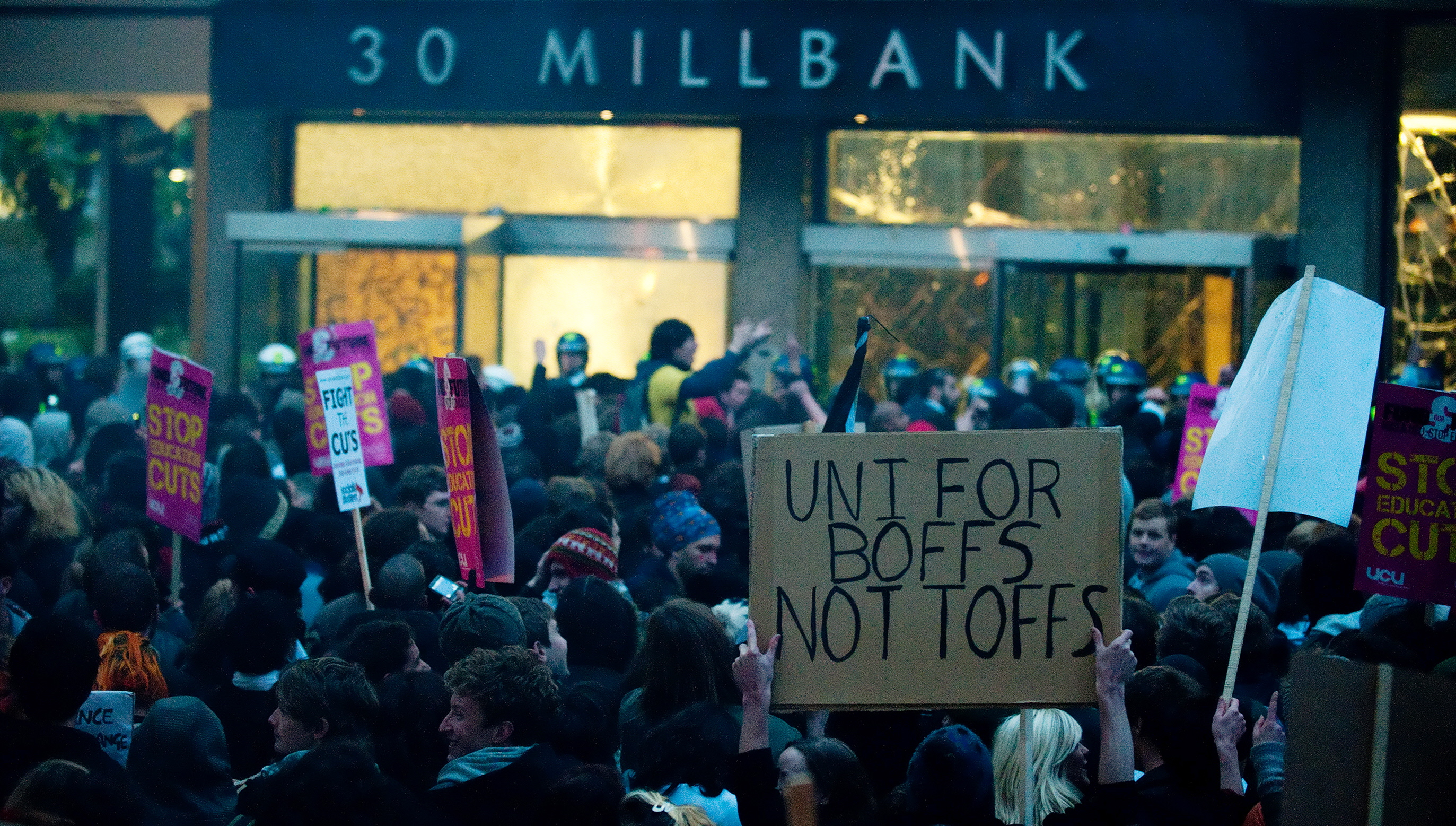
This eventually led to an apology from Nick Clegg (possibly the only apology that’s ever been made for a tuition fees U-turn). Clegg said: “I shouldn’t have committed to a policy that was so expensive when there was no money around.”
However, leaked documents revealed that the Lib Dems had actually planned to abandon their tuition fee pledge before the election even took place.
A month before Clegg promised to get rid of the “dead weight of debt,” senior insiders said the party should “leave” the pledge before entering any negotiations to form a coalition government, saying: “Let us not cause ourselves more headaches.”
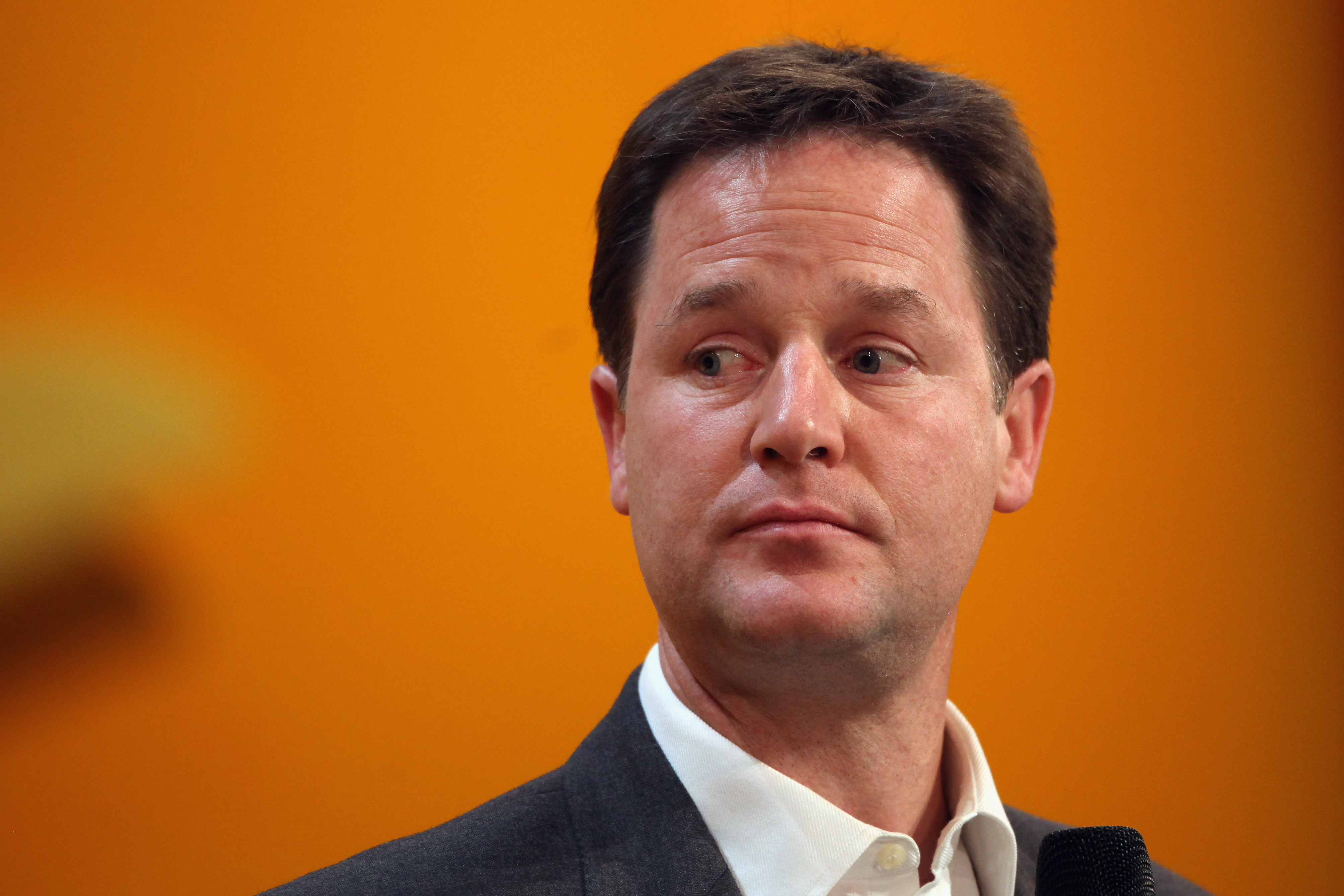
Students were given a reassurance when fees were raised to £9,000. The government said this figure would simply act as an the upper limit, but would not be the norm.
The government claimed that the maximum charges would only apply in “exceptional circumstances”. However…
2011: Government proved wrong
It became apparent very quickly that the maximum £9,000 fees would actually be charged at the majority of universities. Critics warned that high fees had become a “status symbol” for universities.
But the government defended the fees, saying: “Our student and university finance reforms are fairer than the present system and affordable for the nation.”
2015: Student loans ‘mis-sold’?
The government retrospectively changed the terms of student loans – a move which increased the amount that many graduates would have to repay each year.
When the Conservative-led coalition raised tuition fees to £9,000 in 2010, they did so with a clear proviso. The minimum threshold at which graduates were asked to start repaying debt would be linked to the UK’s average earnings.
This would mean that low-to-mid earners (low £20,000s) might not have had to start paying off their debt. And if they did, it would be in very small instalments.
The Conservative’s universities minister promised that the threshold would be “increased periodically to reflect earnings”.
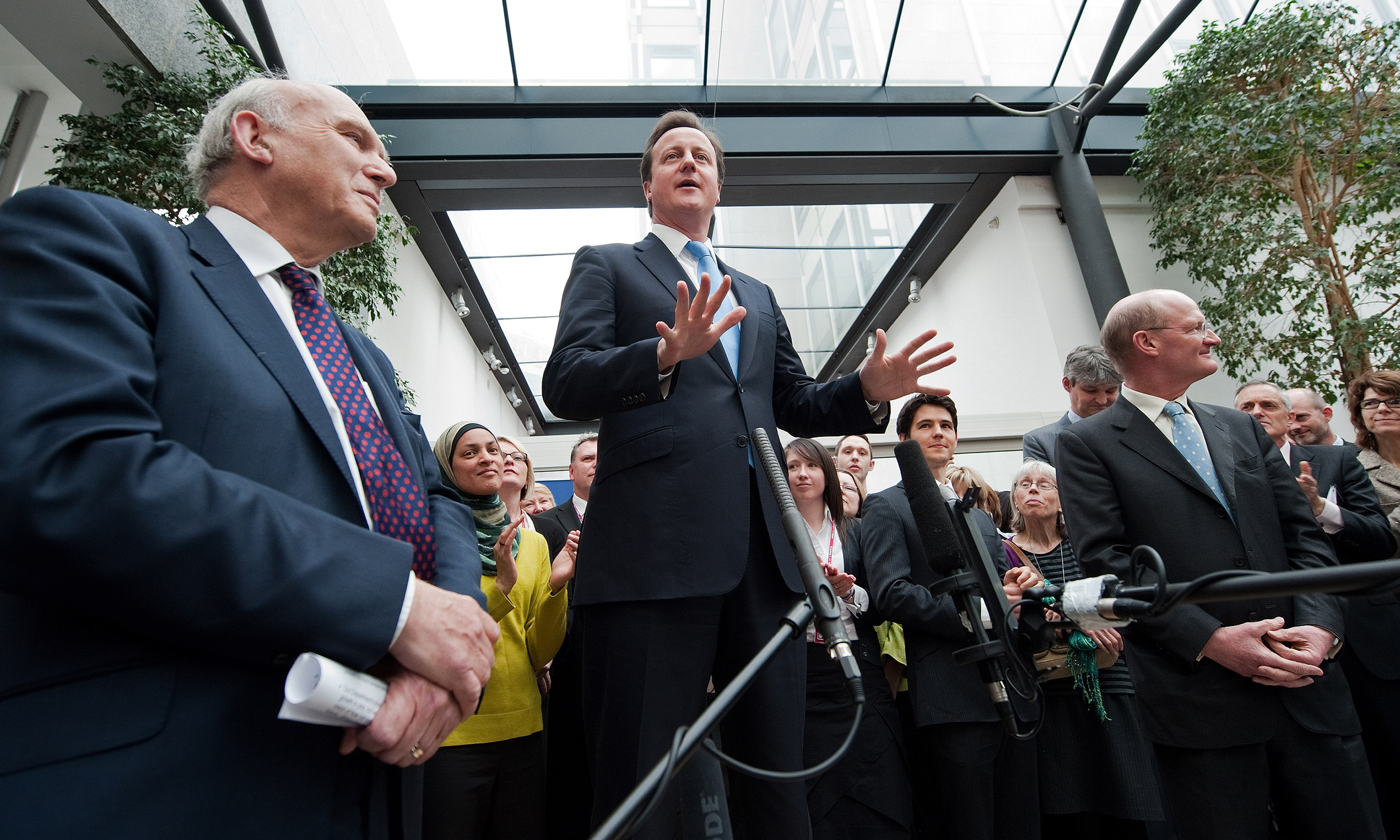
But by 2015, the government had backtracked on this. Instead of raising the threshold each year in line with average earnings, it would now frozen at £21,000 for the next five years.
The result is twofold: debt repayments start at a much lower income than previously expected. And the amount graduates have to pay back in each instalment will be more than previously expected.
The change was backdated, so that students who started university in 2012 were included. (The small-print to the loans said that repayments were “subject to the regulations being amended from time to time”).
The IFS said that, as a result of the change, people on median graduate earnings would now have to repay “over £6,000 more in total in 2016 money”.
Wes Streeting – now a Labour MP – accused the government of mis-selling the loans. “The victims are current students and graduates who were sold student loans on the basis of a lie,” he said.
2016: Another fee hike
The government announced plans to increase tuition fees from £9,000 to £9,250.
Students who had already signed up and started their degree could be hit by the rise, depending on the contracts at different universities.
2017: Time for a re-think?

After twenty years of supporting tuition fees – and introducing them in the first place – the Labour Party had a re-think. The party announced they would now campaign to scrap them altogether.
And, after eleven years of supporting tuition fees – and nearly tripling the price – the Conservative’s First Secretary of State appeared to soften the stance on tuition fees in a bid to appeal to young voters.
During the General Election campaign, the Conservatives said they would use money raised from tuition fees to help fund its academy and free school programme. But soon after, Damian Green said tuition fees were a “huge issue” that may require a “national conversation”.



